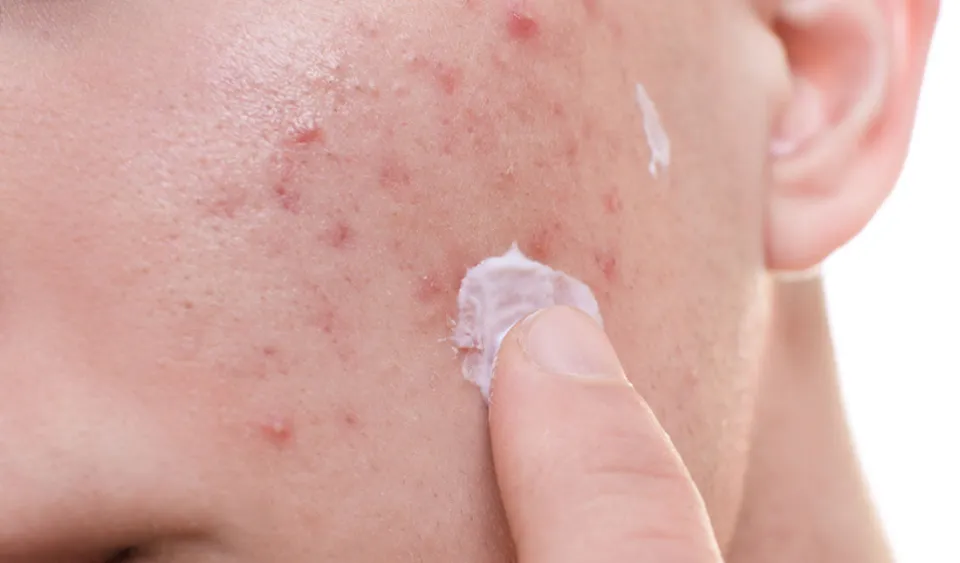
Acne Marks vs Acne Scars – Characteristics & Treatments
Understanding the distinction between acne marks and scars is essential for the successful treatment of acne-related skin problems because they can be difficult to deal with. Both acne marks and scars can result from acne breakouts, but they have different characteristics and call for different treatment methods.
In this article, we will explain how to distinguish between acne scars and marks by giving you details on their causes, appearance, and the best course of action for treating them. Making decisions about your skin care regimen and working toward a clearer and healthier complexion are made possible by having clarity on these distinctions.
What Are Acne Marks?
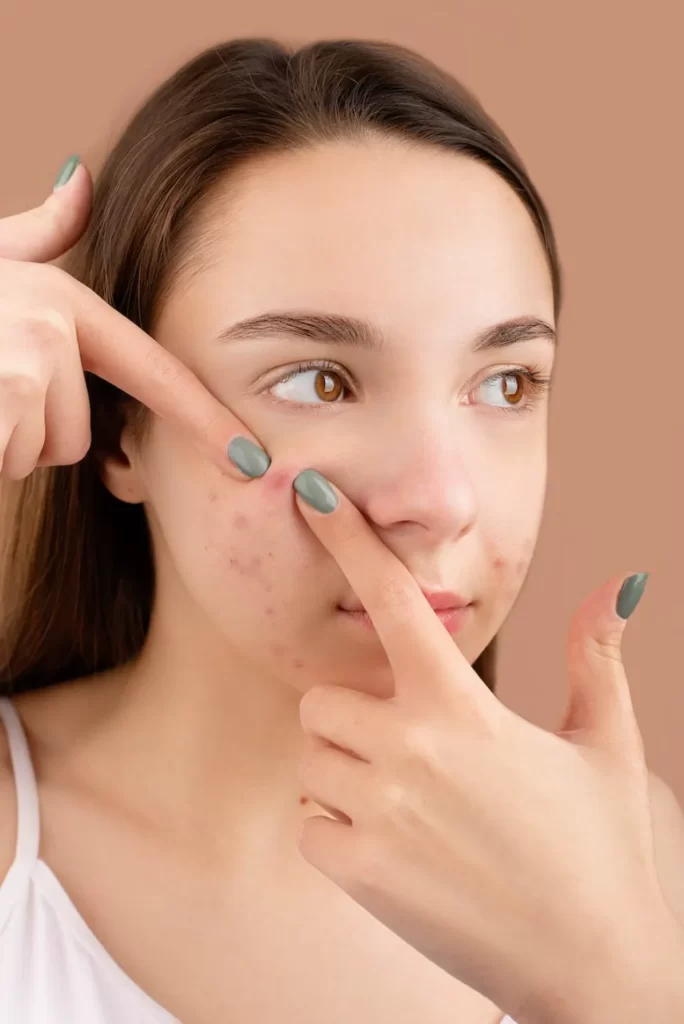
Acne marks or dark spots are probably something you deal with on a regular basis if you have mild to severe acne. Immediately after an acne breakout that causes skin inflammation, these flat, dark marks—which are typically red or brown in color—appear.
When this inflammation happens, the body attempts to improve blood flow to the affected area by releasing white blood cells into the bloodstream. Melanocytes, which stimulate melanin production in the skin and give the areas a definite darkening, are also found in these white blood cells.
Fortunately, acne scars usually fade naturally over time—typically over the course of a few months. Additionally, they do not alter or permanently harm the skin. Acne marks can only be avoided by avoiding breakouts in the first place, which is best accomplished by using an effective skincare regimen.
Your best bet if you already have acne marks on your skin is to use topical medications that contain anti-inflammatory ingredients (like peptides and mushroom mycelia), but we’ll go into more detail about those later.
What Are Acne Scars?
However, because acne scars alter the skin permanently and can be more challenging to treat, they are a little more serious. They are brought on by the body’s failure to fully recover from an acne breakout, which happens as a direct result of skin inflammation that destroys the walls of skin pores. Depending on the type, acne scars can be elevated or indented. Read More: Does Vaseline Clog Pores
There are two main types of acne scars:
- Hypertrophic scar: The color of these raised scars can range from pink to red. They frequently itch and may even be a little uncomfortable. A severe form of hypertrophic scar called a keloid is brought on by an overabundance of protein during the healing process, which results in an overgrowth of scar tissue.
- Atrophic scar: These scars are indentations in the skin that can be shallow or deep. Ice pick scars, rolling scars, and boxcar scars are examples of common subtypes.
Sadly, some people are more likely to develop acne scars than others. This largely depends on a person’s body’s reaction to the inflammation brought on by their acne, as well as the kind of acne they have.
For instance, those with cystic acne—where pimples develop deeply beneath the skin’s surface—are much more likely to develop scars than those with papules or pustules, which are smaller acne lesions. Additionally, popping or picking at pimples can prevent them from healing properly and may even increase inflammation, making scarring more likely.

In fact, keeping your skin clean and letting your body heal acne naturally are the best ways to avoid acne scarring (aside from adhering to a great skincare routine to treat acne). This entails never attempting to squeeze a pimple that is already open or picking at an acne lesion. There are a few treatment options to think about if you already have acne scars, ranging from topical treatments to dermatological procedures.
Read More: Baby Eczema vs. Acne
What Causes Acne Marks and Scars?
One of the primary factors in the development of acne marks and acne scars is skin damage and inflammation brought on by pimples.
More acne scarring is frequently brought on by severe acne, adult acne, and cystic acne.
This may get worse if you squeeze the zit or use acne creams or treatments incorrectly. Not all acne medications are effective. Some might even make the pimples worse.
Acne Marks
The production of melanin causes brown marks. Patients with darker skin tones are more likely to experience these dark spots. Once the pimple has healed, brown marks could linger for longer than a year.
Blood vessels that have been damaged or have grown more blood vessels at the site of an injury are the causes of red marks. Even months after the initial acne outbreak, red marks can still be visible.
Acne Scars
Skin inflammation and injury that results in skin atrophy (indentation) and the formation of scar tissue cause acne scars. This is seen as dents or “holes” in your skin.
Due to the concurrent disease processes, it is possible to have both acne scars and acne marks at the same pimple location.
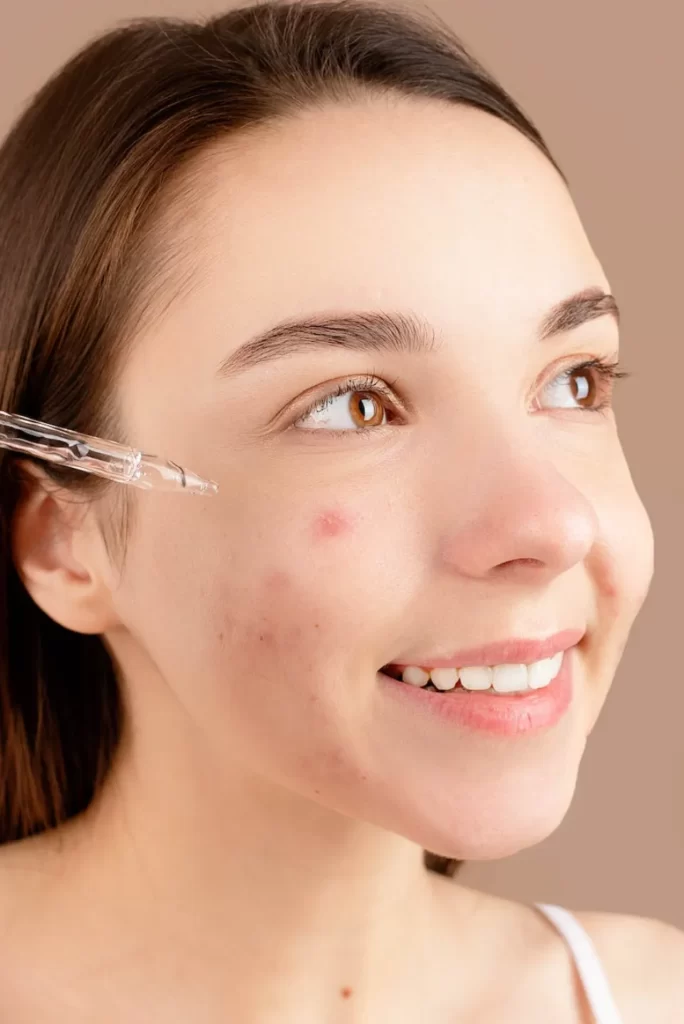
How to Treat Acne Marks?
There are different treatment options for acne scars versus marks. Each kind of acne mark can be treated differently.
Brown marks require pico laser treatment, while red marks are typically treated with vascular laser and radio frequency microneedling.
You might need a variety of treatments to get rid of both red and brown acne marks if you frequently have a mix of the two.
Micro-needling Radiofrequency
By reducing swelling and blood flow, fractional radiofrequency therapies like INFINI can aid in the healing process and improve the redness. Additionally, this therapy promotes the production of collagen.
Vascular Laser Treatment
Laser treatments for vascular Gold Toning aid in relaxing constricted blood vessels. It lessens the red acne scars. Also useful is pulsed dye laser.
Pico Laser Treatment
By decreasing your skin’s melanin production, the pico laser aids in the reduction of dark spots. Scars on the skin’s surface might also benefit. Due to its almost zero downtime, this procedure is very popular.
Sun damage, freckles, and sunspots can all be improved with a pico laser.
Vitamin C
By decreasing pigmentation and melanin production for clear skin, vitamin C aids in fading dark spots. In many skin care brands, it is a typical ingredient.
How to Treat Acne Scars?
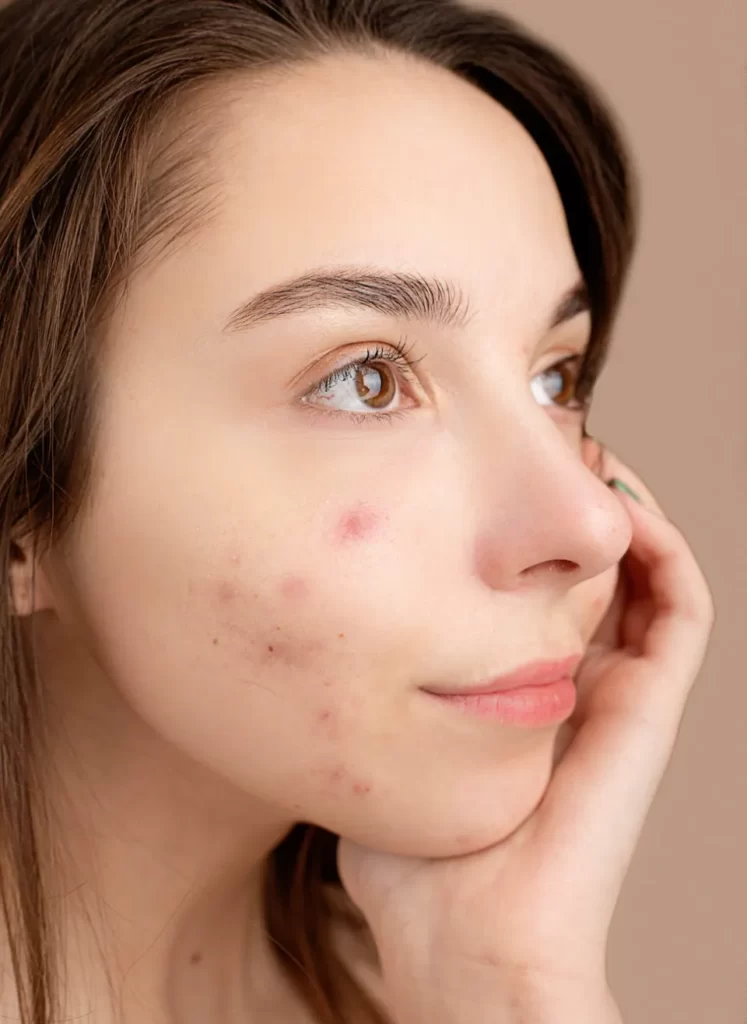
It is crucial to understand the distinction between raised scars and acne scars before beginning treatment.
It’s crucial to first recognize the different types of acne scars before implementing the right treatment for the particular type of scar in order to treat scars effectively.
For instance, box-car scars need subcision and filler, then fractional laser, whereas icepick scars can be treated somewhat differently with TCA chemical peel and fractional lasers.
Everyone is different, and the best treatments for your scar and skin will depend on your skin type, level of hydration, pain tolerance, and capacity for downtime.
In order to account for how your skin changes throughout treatment, scar treatments should also be adaptable.
Chemical Peel
Scars from acne can be treated with chemical peels. Chemical peels can help treat mild depressed scars from acne, help with acne treatment, and reduce acne inflammation (which is brought on by an increase in white blood cells). Azelaic acid and hydroxy acids used for exfoliation are two examples.
For ice-pick scars, more potent chemical peels like TCA cross can be used.
Fractional Laser
For the purpose of reshaping acne scars, fractional laser therapy helps to resurface your skin. Your skin heals with new skin cells and more evenly toned skin underneath after laser resurfacing for the treatment of acne scars. Additionally, this procedure promotes the renewal of nearby tissue.
Infini and Subcision can be used in conjunction with fractional laser to improve scar quality. In light of this, it’s crucial to visit a doctor who can provide you with a variety of effective treatments.
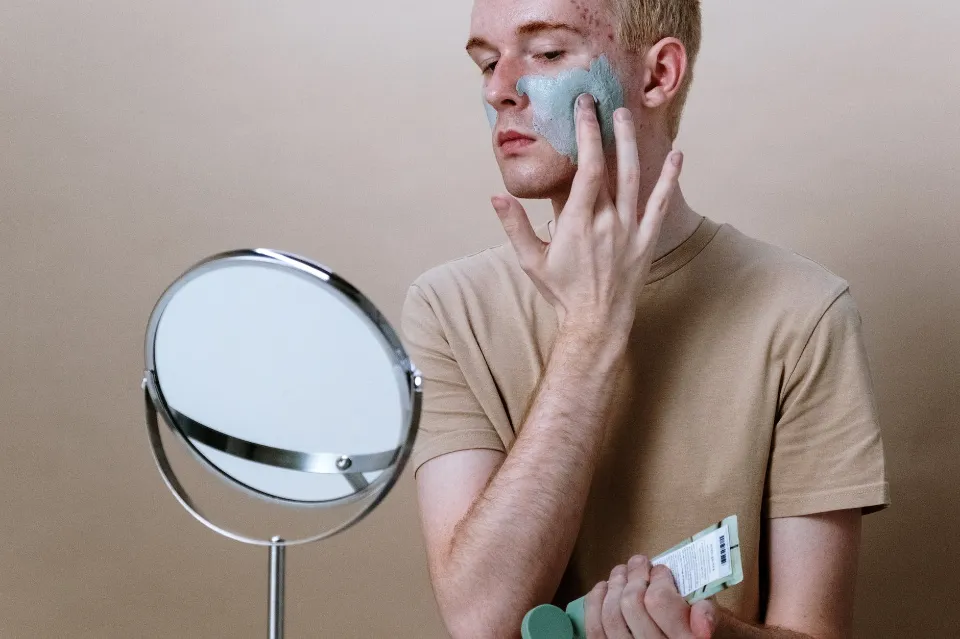
Infini
One of the best acne scar treatments is infini. Infini uses tiny needles to deliver radio frequency to the deeper layers of the skin to promote collagen production.
Another advantage of Infini is its quick recovery, which usually takes only 1-2 days.
Infini is a non-ablative treatment, so it has a lower risk of hyper-pigmentation.
Subcision
The best treatment for tethered scars and resistant scar tissue is subcision.
By gently releasing the scar tissue under the skin with a needle, subcision is performed. Although it takes time, the results are frequently unmatched. This treatment isn’t commonly provided by doctors in Singapore.
Subcision supports scar healing and remodeling the best when used in conjunction with dermal fillers.
Dermal Fillers
To improve scar remodelling and recovery, dermal fillers are frequently used in conjunction with subcision of acne scars.
Dermal fillers for acne scars are available in a variety of forms, from hyaluronic acid fillers to collagen stimulators like Rejuran, Profhilo, and Ellanse. Each individual has advantages and disadvantages.
This is a very technical treatment that calls for experience and dexterity.
How to Prevent Acne Marks and Acne Scars?
Preventing acne lesions from forming is the best way to avoid acne scars and marks. This can be achieved by taking good care of your skin, exfoliating to get rid of dead skin cells, and not popping any pimples as they appear. But keep in mind that your genetics also have an impact on how easily you scar.
It’s also critical to understand the distinction between acne and acne scars. Do not forget to treat acne right away to prevent scarring. For patients with darker skin tones (darker skin types), this is especially crucial.
Conclusion
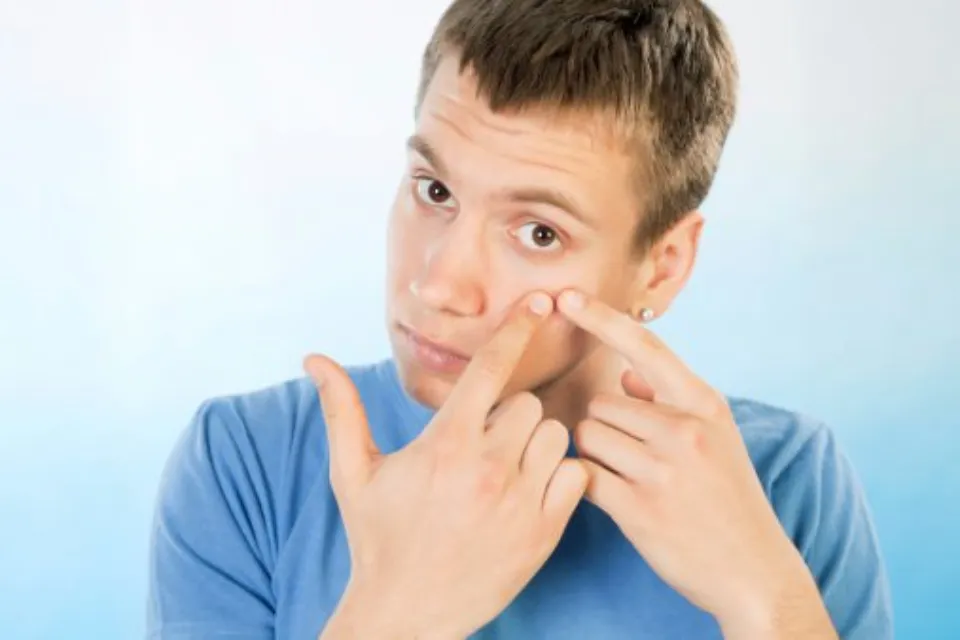
You can choose the best treatment for your skin concern by understanding the difference between acne scars and acne marks.
In addition to the effectiveness of the treatment, you should also take recovery time, risk, and cost into account.
Consult an acne scar specialist for guidance if you’re unsure.



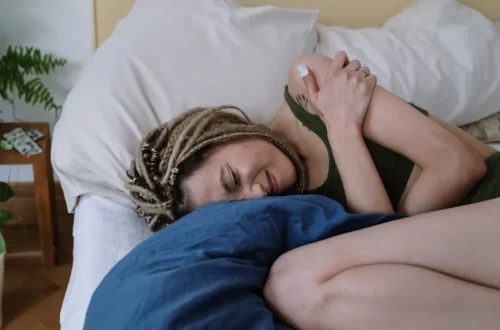

Average Rating